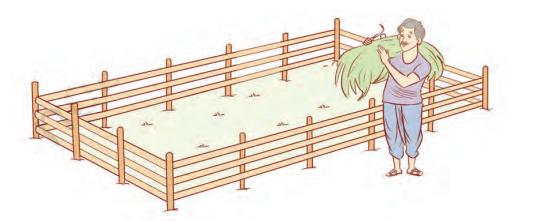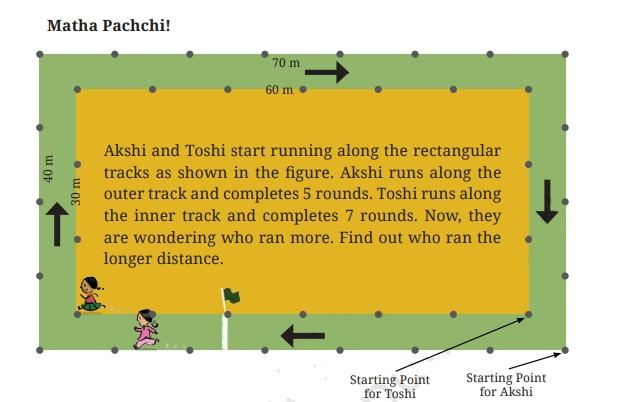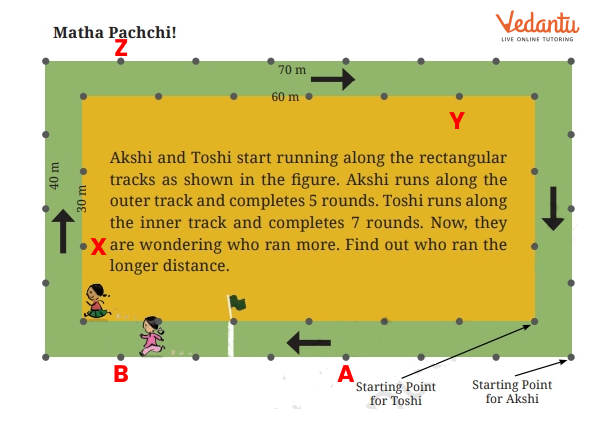Perimeter And Area Class 6 Questions and Answers - Free PDF Download
FAQs on NCERT Solutions For Class 6 Maths Chapter 6 Perimeter And Area Exercise 6.1 - 2025-26
1. What is the perimeter in Chapter 6 of Class 6 Maths?
The perimeter is the total length of the boundary of a shape, such as a rectangle or square.
2. What formula is used to calculate the perimeter of a rectangle in Chapter 6?
The formula for the perimeter of a rectangle is 2×(length+breadth).
3. How can I find the area of a rectangle in Class 6 Chapter 6?
The area of a rectangle is calculated by multiplying the length and breadth: Area=length×breadth.
4. Where can I find free PDF solutions for Class 6 Maths Chapter 6?
You can easily find NCERT Solutions for Class 6 Maths for Chapter 6 on Vedantu’s website for FREE.
5. What is the perimeter of a square according to Chapter 6 in Class 6 Maths?
The perimeter of a square is 4×side length4 \times \text{side length}4×side length.
6. Why is it important to learn perimeter and area in Class 6?
Understanding perimeter and area helps you solve real-life problems like fencing a field or finding the space inside a shape.
7. How can I practice problems related to perimeter and area for Class 6 Chapter 6?
You can use NCERT Solutions FREE PDF to practice solved examples and exercises from Chapter 6.
8. What are the key topics in NCERT Solutions for Class 6 Maths Chapter 6 Perimeter and Area?
The key topics include calculating the perimeter and area of rectangles, squares, and other polygons.
9. How do I download the free PDF for Class 6 Maths Chapter 6 solutions?
Visit educational websites like Vedantu to download the NCERT Solutions PDF for free.
10. Are there word problems in NCERT Solutions for Class 6 Maths Chapter 6?
Yes, the NCERT Solutions Free PDF includes several word problems that involve perimeter and area, helping students apply the concepts practically.




























